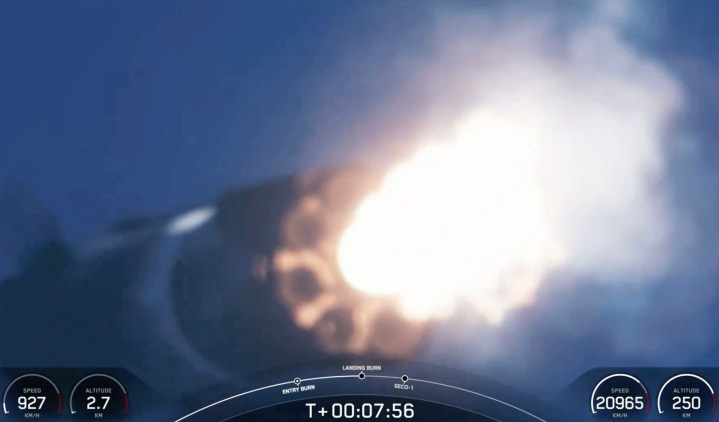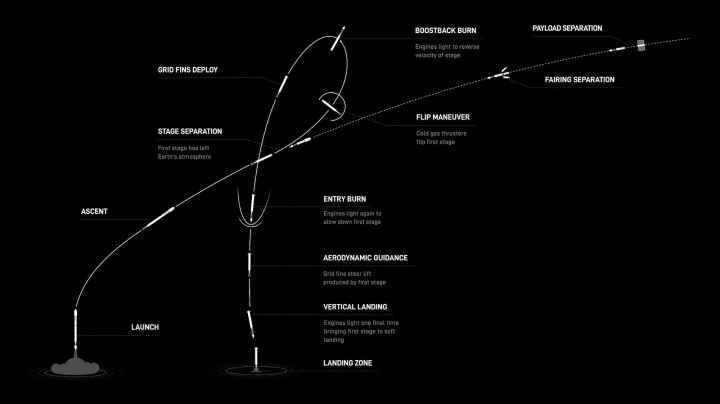
SpaceX successfully launched a Cygnus cargo ship to the International Space Station (ISS) on Tuesday.
It was the first time for SpaceX to launch the Cygnus, whose 19 previous missions had involved Antares or Atlas rockets.
The Elon Musk-led spaceflight company used its workhorse Falcon 9 rocket to launch the Cygnus cargo ship from the Kennedy Space Center in Florida. It carries science experiments, food, and other vital supplies for the ISS crew and will dock with the station early on Thursday.
Tuesday’s launch marked the 10th flight of this particular first-stage booster, which previously launched Crew-5, GPS III Space Vehicle 06, Inmarsat I6-F2, CRS-28, Intelsat G-37, and four Starlink missions.
The reuse of Falcon 9 boosters is made possible by SpaceX’s development of a clever landing procedure that brings the vehicle back to Earth for an upright landing around eight minutes after launch.
Following a number of failed attempts, SpaceX first achieved the feat in 2015 and has since refined the system to a point where it now rarely goes wrong.
Tuesday’s booster return was captured in some dramatic close-up footage that tracked it all the way back to its landing position close to the launch site at Kennedy. You can watch it below:
Falcon 9's first stage returned to Earth and landed at Landing Zone 1, completing our 10th launch and landing of the year pic.twitter.com/MoqpgEt2hg
— SpaceX (@SpaceX) January 30, 2024
A SpaceX diagram shows the route that the 42.1-meter-tall booster takes for a touchdown on land (it’s slightly different when it heads to a droneship in the ocean).

After releasing the upper stage, the booster has to perform a crucial flip maneuver followed by a carefully timed boostback burn to set it on course for a safe and successful landing. In the final stages of its descent, the booster deploys grid fins to stabilize the vehicle, followed by an entry burn to slow it down and pave the way for a gentle touchdown.
Following checks and refurbishment, the booster can be used for another mission. The record number of missions flown by a single Falcon 9 booster is currently 19. Booster 1058 would almost certainly have flown again, but it suffered irreparable damage in December when it toppled over on a droneship as it headed to base following its 19th landing.
Editors' Recommendations
- SpaceX’s Falcon 9 rocket just completed a milestone mission
- SpaceX all set for a record-breaking rocket launch on Friday
- SpaceX shares stunning night shot of its Super Heavy booster
- SpaceX already has a date in mind for next Starship launch
- Take a high-speed ride on SpaceX’s emergency escape chute


